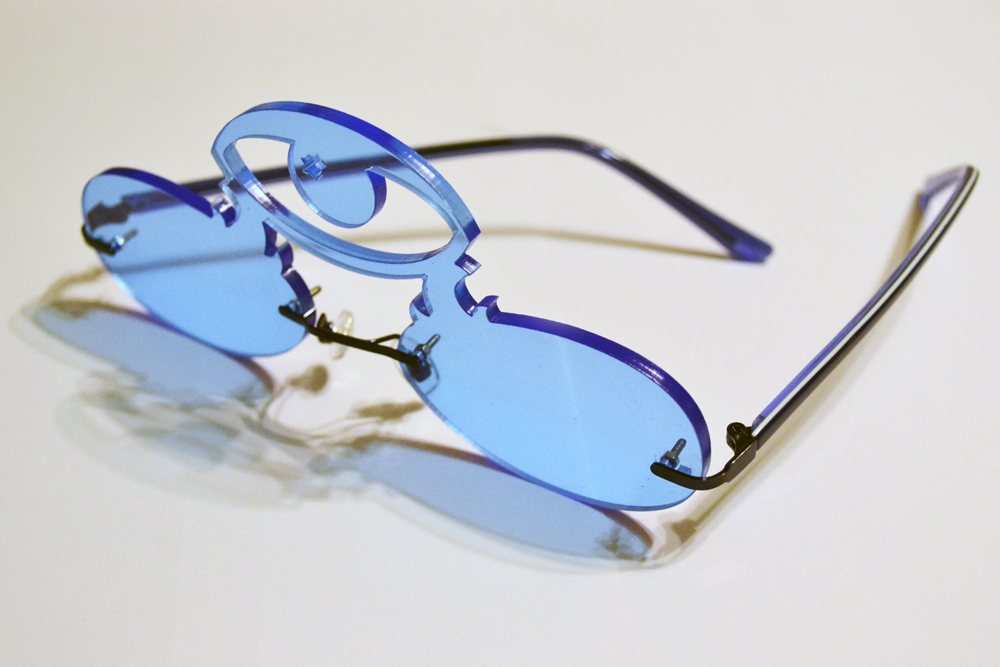How should You Choose Lenses when Matching Glasses?
Consumers often have a strong initiative in the choice of glasses, but there is nothing they can do about the real core component of glasses, which are the lenses. In fact, apart from the lens brand and refractive index, the quality of the film layer is also an important purchase reference standard in the choice of lenses.
In order to obtain the good performance that does not have itself, the lens is often coated with multilayer optical film on the surface. These optical films are mainly divided into the reinforced film, reflective film, hydrophobic film, and antistatic film. Besides that, there are also anti-blue ray film, the polarizing film, and other special functional films. Each layer of the optical film gives the lens new performance, and these optical films are collectively called film layer.
The reinforcing film
The reinforcing film is a layer of metal oxides and coupling agents with the similar refractive index to the lens. It has many characteristics, such as high hardness, high adhesion, high light transmission, etc., which can effectively improve the wear resistance of the lens. It can also effectively improve the wear resistance of the lens, make the lens not easy to take off film and yellowing, and greatly improve the service life of the lens.
The hard film
The hard film is mainly used on the resin lens, and its relatively soft surface makes it easy to scratch. The lens can be coated with a hard film by soaking it in a solution (mainly silicon dioxide or organic silicon). Apart from increasing the use time of the lenses, the non-scratch resin lenses can also bring clearer visual effects to consumers.

Anti-reflective film
The anti-reflection film is made by steaming silicon oxide, zirconia and other metal oxides on the surface of the lens under vacuum conditions. In general, it is difficult to achieve the ideal permeability improvement effect by using the single-layer anti-reflection film since a negative film only reacts to light in one band. Two, three or more layers of anti-reflection film are often used to improve the transparency effect of visible light in the whole band, so as to make the lens more transparent.
Anti-static film
The anti-static film is usually coated with indium tin oxide (ITO) on the surface of the lens into a film with good electrical conductivity and transparency. ITO film can effectively eliminate the static electricity accumulated on the lens surface and reduce the dust adsorption on the lens surface.
Anti-radiation film
The anti-radiation film is a special coating process based on the principle of electromagnetic interference shielding. It is treated with special electric conductor film to make the lens have the function of anti-electromagnetic radiation. The radiation-resistant material is a metal compound that forms a barrier on the surface of the lens, reflecting and absorbing low-frequency radiation and microwave radiation, thus effectively filtering out electromagnetic radiation waves.
Anti-blue film
The anti-blue film is a new optical film in recent years. LED-based digital screens such as computers, mobile phones, and tablets emit high-energy and harmful blue light with the short wavelength and high energy, which can penetrate the lens directly to the yellow spot area of the eye and cause the yellow spot lesions. The anti-blue film can effectively reflect the harmful blue light with the wavelength of 415nm-455nm through the interference and reflection principle of light, and protect the eyes from the harm of harmful blue light.









